Amblyopia (Lazy Eye); Symptoms, Causes, And Treatment
Amblyopia, commonly referred to as 'lazy eye,' is a common eye condition in young children, characterized by one eye not developing eyesight as it should. When a child has amblyopia, their brain will focus on one eye and ignore the lazy eye, due to an issue in the nerve connecting the affected eye to the brain, resulting in a lack of stimulation and thus, impaired development. The National Eye Institute indicates this condition can affect up to three percent of children in the United States, which helps make it the most common reason for visual impairment in one eye among children as well as young and middle-aged adults.
Curious about what causes this condition and what the treatment options are? Start reading to learn about amblyopia and become an expert now.
Causes Of Lazy Eye

When it comes down to it, anything compromising the vision in either one of a child’s eyes during eye development can cause amblyopia. These include eye injuries, glaucoma, corneal ulcer, congenital cataracts, or a drooping eyelid. Unfortunately, the reasons why the brain tends to ignore images from the lazy eye are unclear. But although anything compromising vision may cause this condition, there are also major causes to look out for.
The first major cause is a refractive error, when light is not focused correctly when traveling through the lens of the eye, and subsequent blurred vision due to nearsightedness, farsightedness, or astigmatism. Children more affected in one eye due to this develop anisometropic amblyopia. Perhaps the most common cause, however, is strabismus, an eye condition in which the muscles controlling the eyes and their ability to look straight are imbalanced, causing one or both eyes to turn in improper directions (e.g., turning in, called esotropia). The eye most affected by the imbalance is what may cause amblyopia. For complete details on strabismus, visit Strabismus: Causes, Symptoms, And Treatment For Wandering Eyes.
What are the hallmark symptoms of amblyopia? Continue reading to find out.
Symptoms Of Lazy Eye
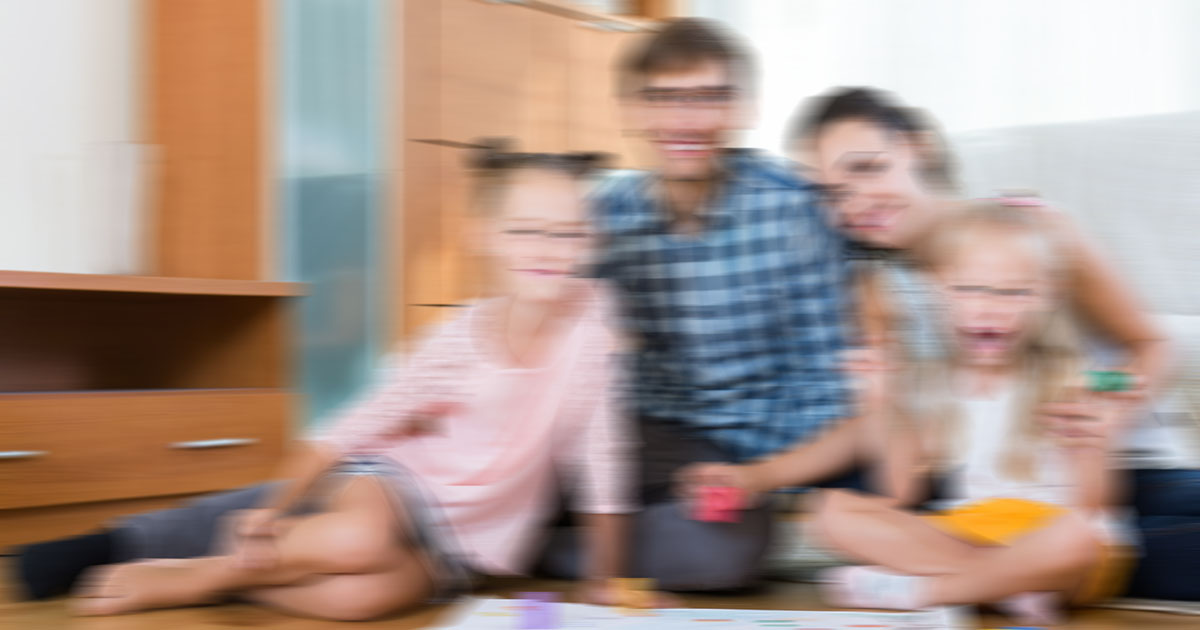
When a child suffers from amblyopia, their other eye and brain attempt to make up for the lazy eye as much as possible, and in some cases do so well at this that the problem will go unnoticed by the child. However, some of the symptoms of amblyopia, when they appear, include blurred or double vision, poor depth perception, eyes not functioning together (e.g., favoring one eye over the other), and visible symptoms of strabismus, specifically an eye turning in another direction.
Unfortunately, amblyopia can often go undetected because the other eye and brain attempt to make up for the faultand children affected often do not know there is a different way to see, for instance, they may believe that their blurry vision is normal. The best indicator is for parents to pay attention to the appearance of their child’s eyes and visit a doctor should anything look out of the ordinary.
However, eye exams are still important even without a visible indicator of a lazy eye. Continue reading to learn more about the role eye exams play in detecting amblyopia and why they are important overall.
How Doctors Reach A Diagnosis
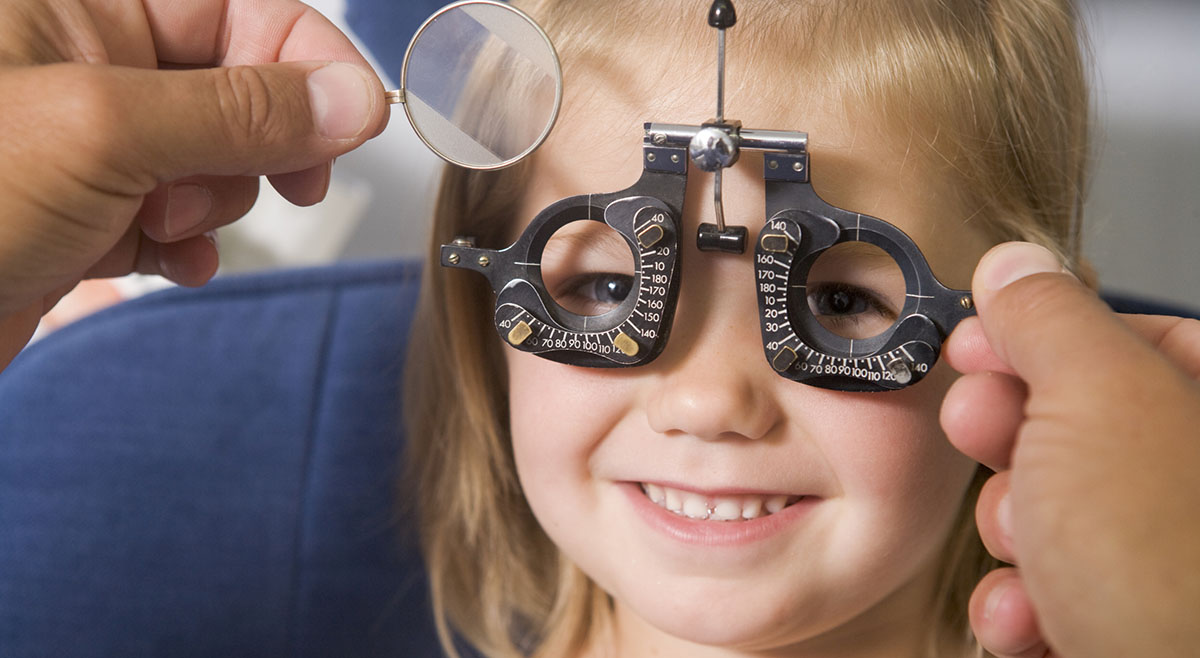
The only way to accurately detect and diagnose amblyopia is during a routine eye examination. While some general physicians may be able to conduct basic eye exams, parents may also wish to seek out an optometrist who can perform a thorough exam on their child’s eyes.
These exams typically include asking about the family medical history of eye conditions, looking for eye abnormalities (e.g., reaction to light, eye position), and examining how the eyes focus on and track objects. The optometrist may also employ reading charts or refraction tests (changing lenses in front of the eyes to detect which are clearer using a handheld light). Reading charts are only suitable for children who are old enough to read. The refraction tests can be adapted for babies, as some doctors will employ eye drops to help prevent the eyes from changing focus during the test, eliminating the need for a verbal response. They will also look for evidence of an eye turnsince strabismus is a common cause of amblyopia.
Continue reading to learn about when children should receive a thorough eye exam.
When Children Should Get An Eye Exam

Most children in the United States will receive a vision test by the time they are six years old. However, it is essential for children to have a thorough eye exam before this to ensure their eyes are developing correctly. Ideally, every child should have a thorough exam before they are a year old, especially if there is a family history of eye conditions such as cataracts, strabismus, and glaucoma. The American Academy of Ophthalmology recommends, aside from an initial check at birth, children should have their eyes checked by six months, again at three years old, when they reach school age and every two years after that. The only variations on this are when a problem, such as amblyopia, is detected, at which point it becomes a case-by-case basis and parents should follow the doctor’s recommendations.
Continue reading to learn about why early detection of amblyopia through an eye exam schedule such as this is so important.
Early Detection To Prevent Complications
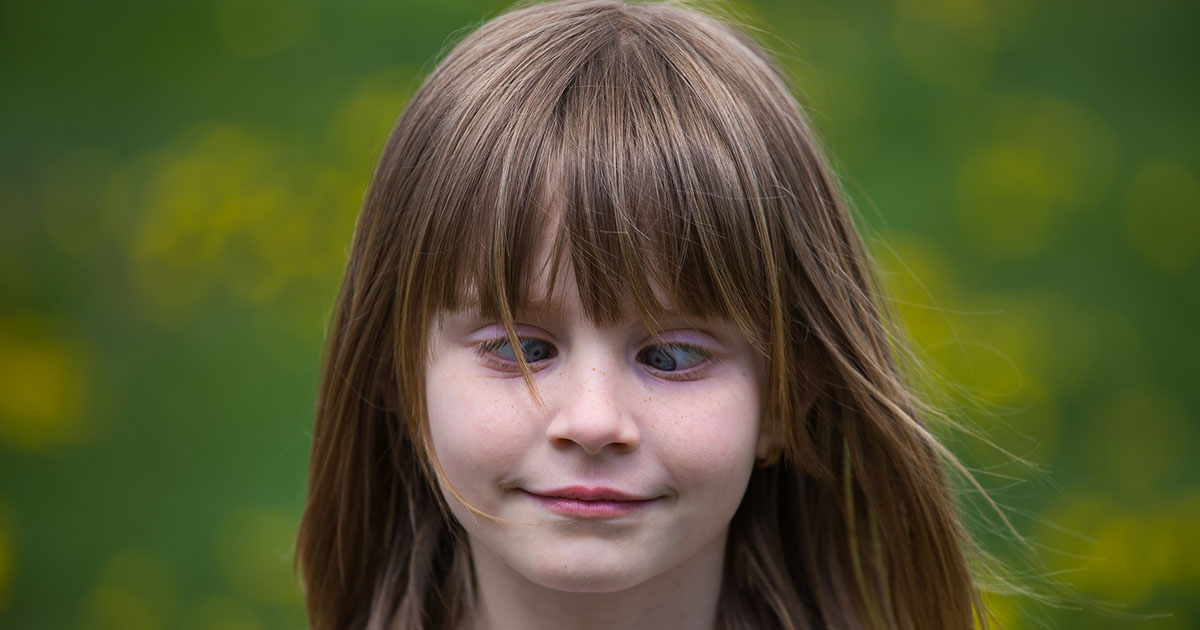
Early detection is key to preventing long-term or permanent complications of amblyopia. The common complications of failing to detect amblyopia are partial or complete vision loss in the affected eye and central vision not developing correctly, which can negatively affect the ability to perform specific tasks. Where strabismus is the cause of amblyopia, the eye turn can become permanent when left untreated during the child’s early developmental years. These complications become increasingly more likely the longer amblyopia goes undetected, as treatment becomes incredibly difficult after the child turns seven years old.
Continue reading to learn about how surgery can be used to treat children with amblyopia.
Surgical Treatment Options
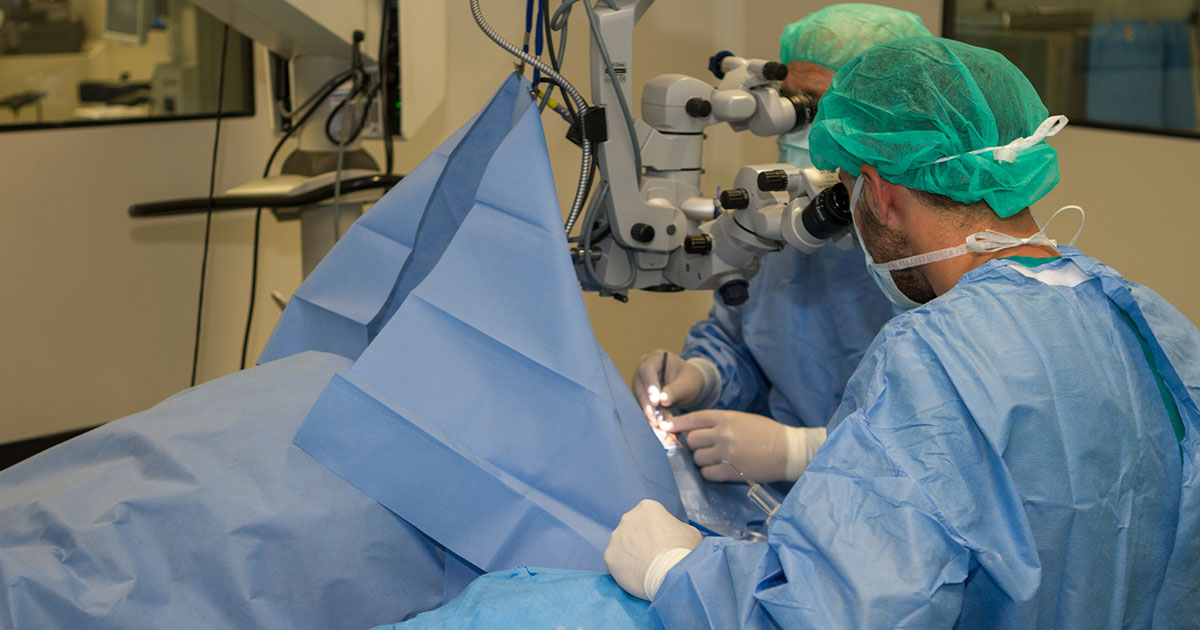
Surgical treatment for amblyopia varies based on the specific cause as well as the severity of each case. If the cause is due to a droopy eyelid, for instance, parents are often referred to an ophthalmologist who will perform surgery to lift their child’s affected eyelid. Cataracts causing amblyopia an also be removed through cataract surgery, and if strabismus caused the amblyopia, an operation to strengthen the eye muscles and realign the eyes might occur.
Where surgery is not required or cannot be used to treat amblyopia, doctors will turn to other methods. Continue reading to learn how they will use occlusion to strength vision.
Treating Amblyopia With Occlusion
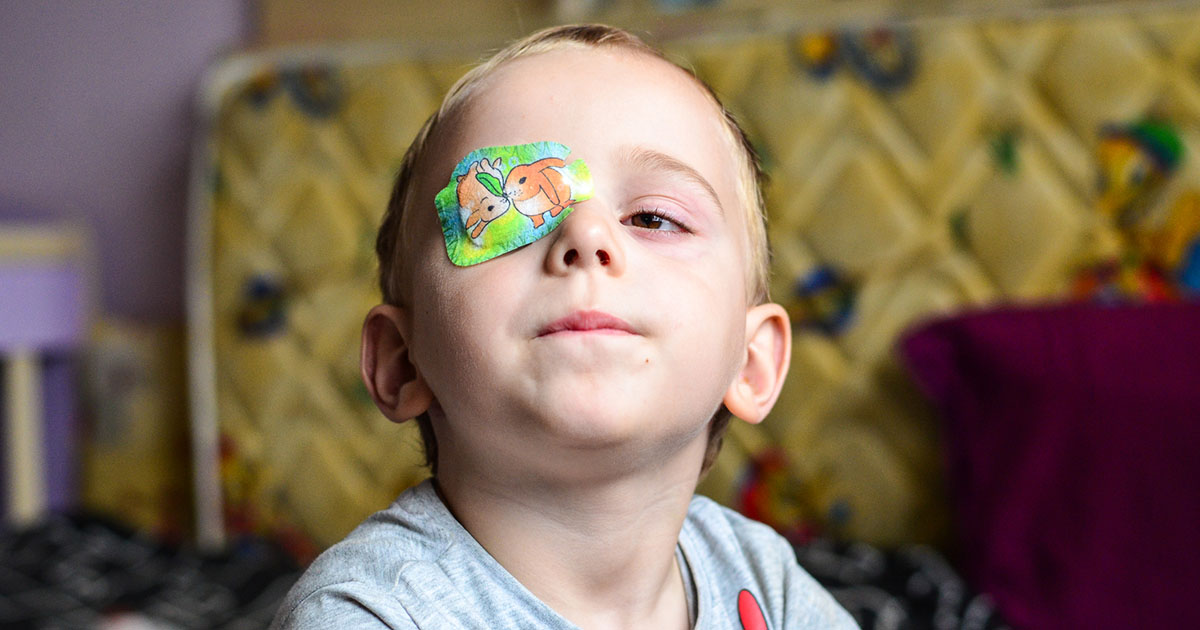
Occlusion refers to the use of an eye patch over the good eye. This forces the child’s brain to use the lazy eye since it will not be receiving images from the good eye. This treatment will not correct eye alignment, but can still strengthen vision in the lazy eye. In most cases, the child will need to wear the patch for at least a few hours each day, and most doctors will encourage activities such as doing schoolwork, reading, or coloring while wearing the patch. Close-up activities such as these force the eye to work harder, which in turn helps strengthen vision.
The length of treatment through occlusion will depend on factors such as the child’s age during treatment, the severity of their amblyopia, how well their parents can have them follow the doctor’s instructions, and how the lazy eye responds to treatment.
If treatment through occlusion is too uncomfortable for the child or additional treatment is required, doctors will often prescribe the use of eye drops. Continue reading for details on how these work.
Atropine Eye Drops To Strengthen The Lazy Eye
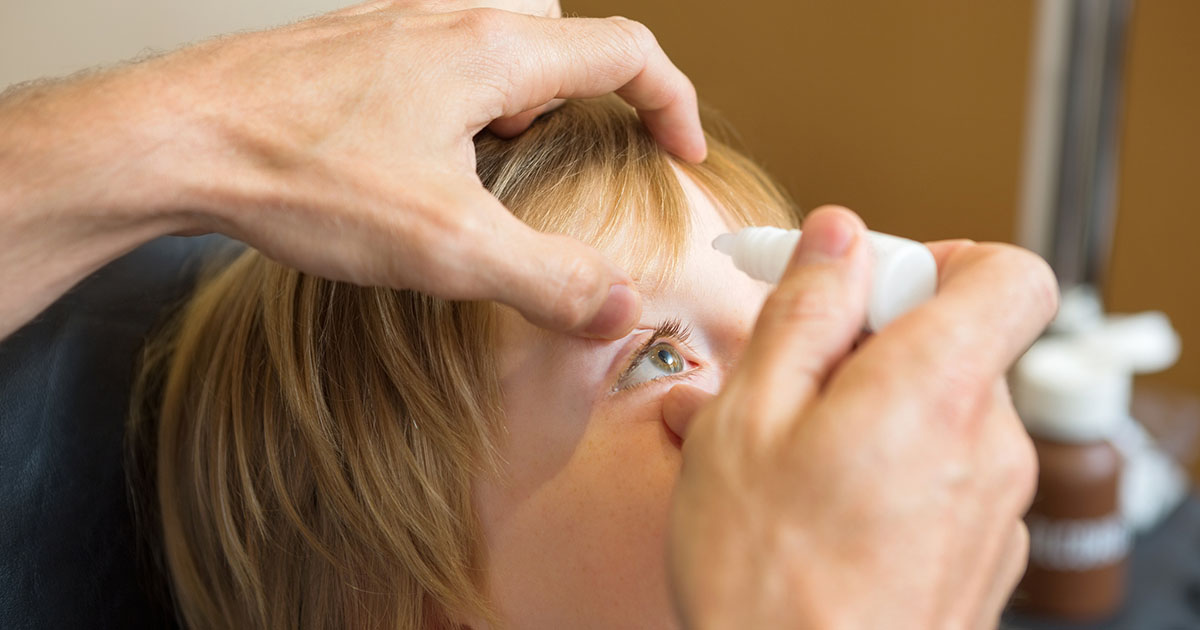
Eye drops, typically atropine, are used during eye exams to force blurry vision in one eye and detect potential eye issues (such as amblyopia). However, they may also be used as an effective strengthening treatment, and are often just as effective as occlusion.
When treating amblyopia, atropine eye drops are used in the good eye to dilate their pupil and blur their vision when looking at close up objects. Thus, the lazy eye is forced to work harder, building its strength. Doctors can administer this treatment during an appointment. However, the most common route is for parents to apply the atropine eye drops at home. Atropine eye drops are typically administered one or two drops in the good eye once or twice a day, but individual cases can vary from this, and as such parents should always follow the instructions the doctor has given them.
Continue reading to discover how prescription glasses can help treat amblyopia.
Correct Vision Through Prescription Glasses

Children with amblyopia are often prescribed glasses to help strengthen and correct vision in their lazy eye. The glasses can clear up nearsightedness and farsightedness, and may also help correct cases of amblyopia where strabismus is also present by keeping the eye looking straight, thus clearing vision.
Children prescribed glasses must wear them all the time so the optometrist or other healthcare professionals caring for them can monitor the effectiveness of the glasses. Thus, even if they complain about needing to wear them, it is important to encourage their use. One great way to help encourage children to wear their prescription glasses is to get them involved in the process of picking out the glasses themselves (e.g., the color and shape). In many instances, glasses will correct vision in the lazy eye entirely, and children with amblyopia will not require more treatment.